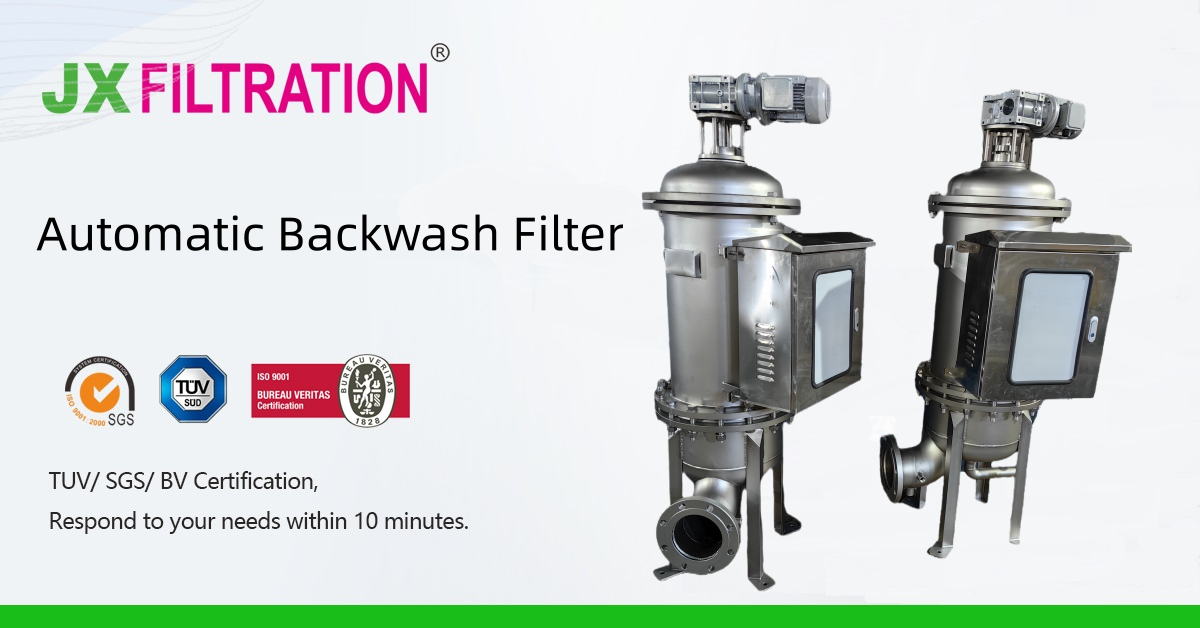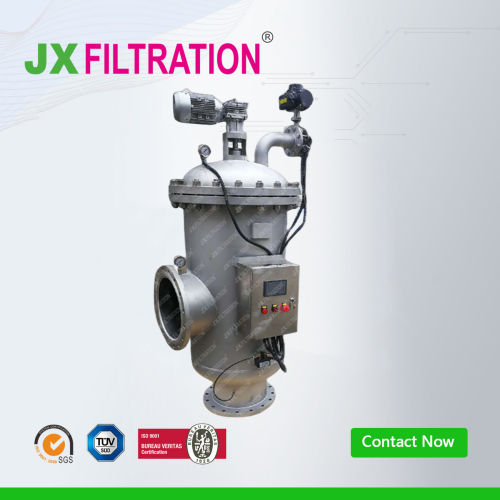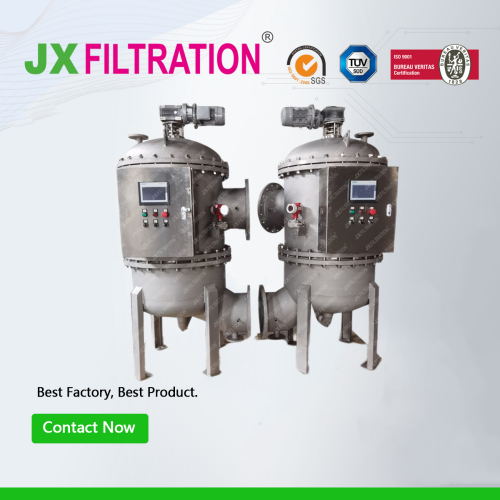What Is The Structure of the Backwash Filter
The key feature of a backwash filter is its ability to perform self-cleaning based on specific conditions, primarily referring to the differential pressure between the inside and outside of the filter elements (which reflects the cleanliness of the elements).
The internal structure of the backwash filter consists of a partition plate that divides the housing into an upper and a lower chamber. The upper chamber is the clean water zone, and the lower chamber is the raw water zone, completely isolated from each other. Several stainless steel filter elements are installed on the partition plate. Untreated raw water enters the lower (raw water) chamber through the inlet and flows upward through distribution holes on the partition plate into the inner cavity of the filter elements.
Impurities larger than the filter slot are retained on the inner surface, while clean water passes through the slots into the clean water zone. All filtered liquid gathers in the clean water zone and exits through the outlet.
As impurities accumulate on the inner wall of the filter elements, a pressure difference is generated between the clean and raw water zones. When this pressure difference reaches a set value, the differential pressure controller automatically triggers the backwash mechanism. The system can also be activated manually to remove the retained sludge from the filter elements.
Any Requirements, Contact Us Now!
Kris
Email/Teams: kris@filtrationchina.com
Mobile/Whatsapp/Wechat: +86 18980776200


